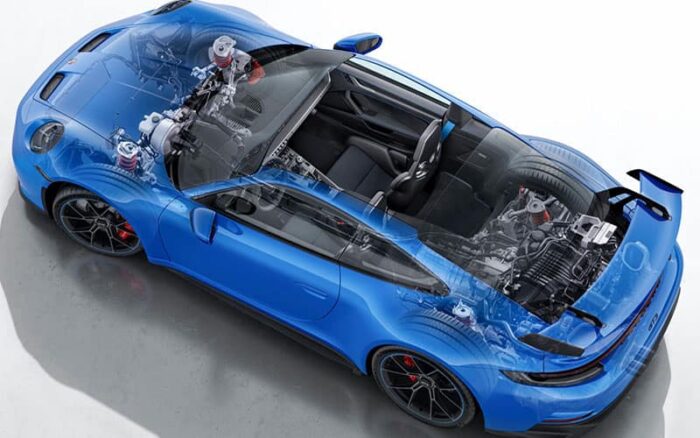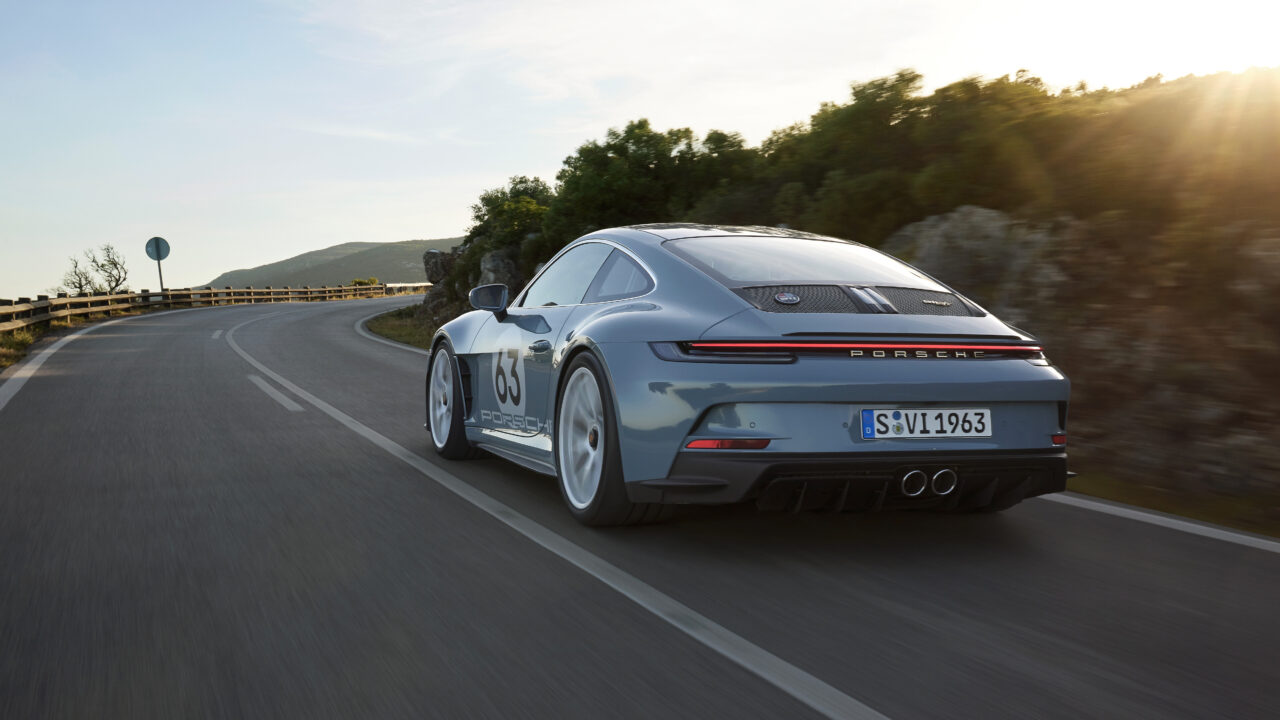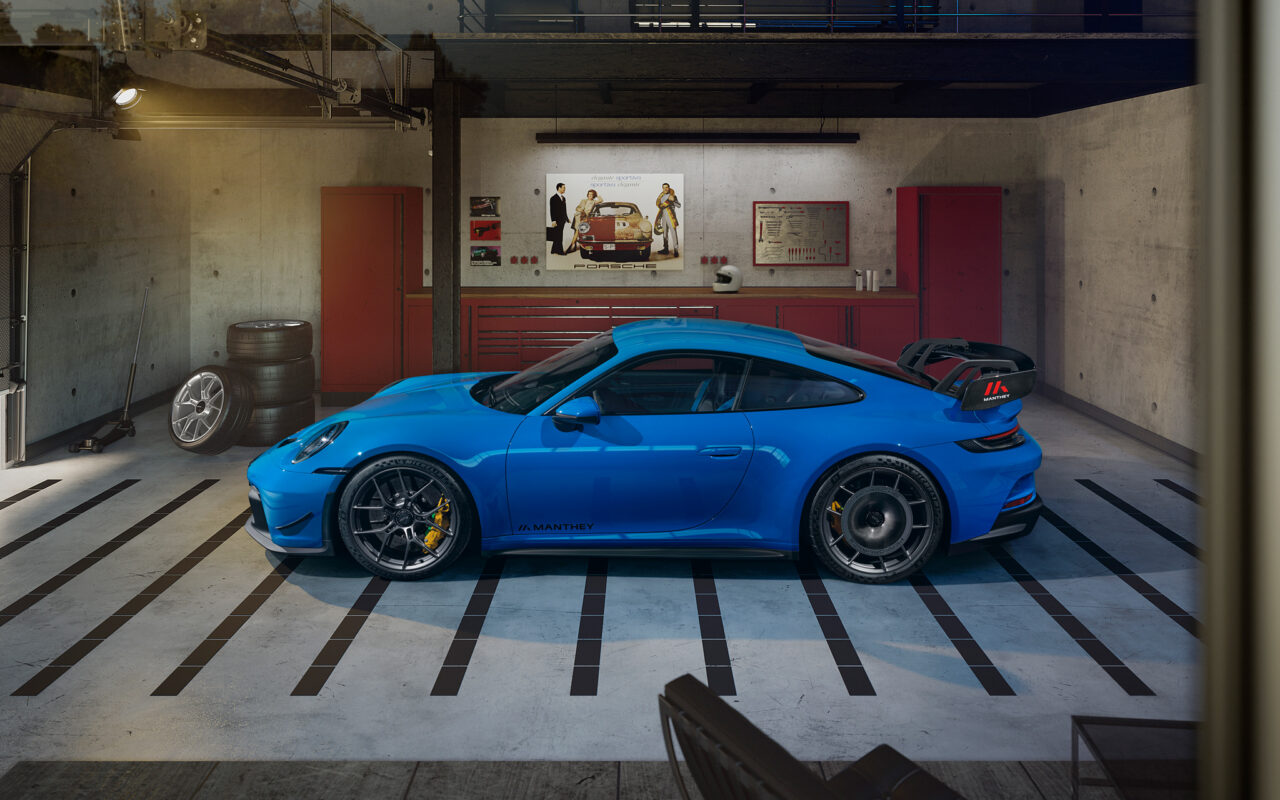How will the Porsche 911 GT3's naturally aspirated engine change in the next two years? - Hybridization? Supercharger?
Release Date: 2024.11.05

contents
Where is the Porsche 911 GT3's naturally aspirated engine?
A few days ago, I wrote a blog entry on the topic of the GT3 engine being out of production in the next two years, along with a discussion of the next turbo, but this time I will try to write a little more in depth about the future of the GT3 engine.
The 500-horsepower naturally aspirated flat-six engine in the Porsche 911 GT3 will only be available for sale without turbocharging or hybridization for about two more years.
This view was expressed by Andreas Proininger, boss of the Porsche GT division.

The current 4.0-liter engine is from the 2018 991.2 generation.Mounted on the 911 GT3 and also used in the 911 S/T, 911 GT3 RS, 718 Cayman GT4 RS, and 718 Spyder RS with different tuning. This engine is one of the few naturally aspirated engines Porsche currently produces, and one of only two engines without a forced induction or hybrid system. The other is the closely related 4.0-liter flat-six engine found in the 718 Cayman GTS 4.0 and 718 Boxster GTS 4.0.
Compliance with increasingly stringent emission regulations
According to Ploininger, an updated911 GT3 could be the last appearance of the naturally aspirated flat-six engineThe reason for this, he says, is that the current form cannot comply with increasingly stringent emission regulations. The reason for this, he says, is that in its current form, it cannot comply with increasingly stringent emission regulations.
Mr. Proininger said that the newEuro 7 StandardHe said that while referring to the
If the laws don't change, this engine will live forever." However,Cannot meet Euro 7 without electrification or turbochargingI think that we are going to be able to do that. As it stands, we can sell this car for another two years, but it depends on the market."
Future options for the 911 GT3
One solution for the GT3 would be to switch to a variation of the new hybrid system used in the 911 GTS. This system combines a 3.6-liter turbocharged engine with a gearbox-mounted electric motor to produce 541 horsepower. Rivals Lamborghini and Ferrari already use turbocharged engines and hybrid setups.

However, Proininger suggested that the GTS and GT3 require different powertrains because of their different applications. He said the following.
For the GTS, this is a great setup. In terms of straight-line performance, it is as fast as the GT3, maybe even faster in the start dash. But it doesn't matter to me.For GT3, the straight line is merely a connection between curves."
The challenge of preserving the soul of GT3
While Proininger acknowledges that the hybrid system itself is the right approach to introducing electrification in a sports car, he explains that there are reasons not to use that system in the GT3.
The standard Carrera is equipped with aYou will be forced to use PDK II.This is more than 20 kg heavier than our 'sport' PDK."
This statement indicates the difficulty of maintaining the combination of light weight and high-revving naturally aspirated engine, which is the soul of the GT3. It seems that Porsche is faced with the difficult task of striking a balance between complying with regulations and maintaining performance.
For Porsche fans, the 911 GT3 has a special place in their hearts. The whereabouts of its heart, the naturally aspirated engine, has caught the attention of many Porsche owners.
We can't wait to see what decisions Porsche will make over the next two years and how they will evolve the soul of the GT3.
Follow me if you like this blog!


Comment ( 0 )
Trackbacks are closed.
No comments yet.